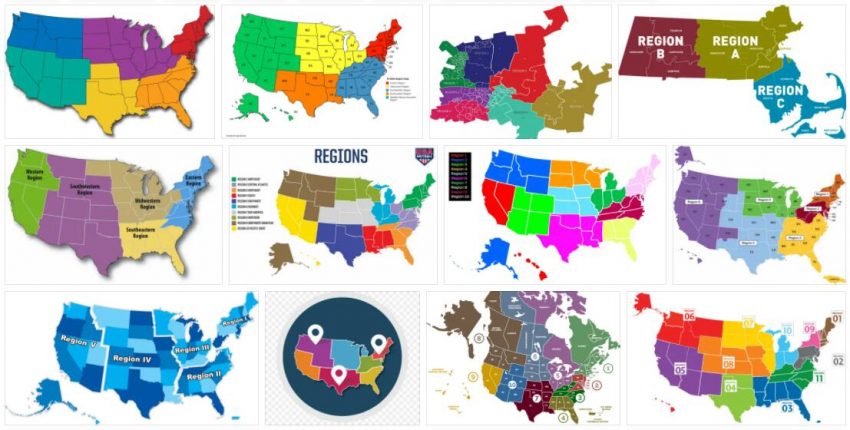A region is a region that differs from the rest due to its historical, social, cultural or geographical characteristics. In some countries, comarcas are administrative entities made up of several municipalities.
The delimitation of a region may be due to different reasons and interests. In general, it is sought that the delimited territory has its own identity, in which its residents recognize themselves.
In Spain, the regions are territorial divisions that only in some autonomous communities have legal status. It is possible to find more than a hundred counties with legal existence in Galicia, Aragon, Catalonia and other communities.
The region of La Coruña, for example, is located in the northwest of Galicia and is made up of nine municipalities: Sada, Oleiros, Culleredo, Cambre, Arteijo, Carral, Bergondo, Abegondo and La Coruña. About 400,000 people are distributed over an area of 470.7 square kilometers in this Spanish region.
The Alcalá region, on the other hand, has no formal or legal delimitation. It is located in the Community of Madrid and has Alcalá de Henares as its head. Almost 800,000 residents live together in this region, which includes 45 municipalities.
In the field of fiction there are also regions. JRR Tolkien, in “The Lord of the Rings”, created a territory known in our language as The Shire (or The Shire, in the original text), which is located in the Eriador region, in northwestern Middle-earth. This fictional country, in Tolkien’s universe, has an area of 55,000 square kilometers.
The only residents of La Comarca are the hobbits, a race that is related to ours although it is characterized by its short stature. Its known history is scarce and, since the hobbits are very peaceful beings, no events of great importance have taken place in it, except for the events of the War of the Ring (a warlike conflict in which two sides oppose to seize the One Ring).
With regard to the etymology of the term region, the dictionary of the DigoPaulindicates that its origin is found in the combination of the word brand with the prefix co-. Although this may seem obvious given that neither of the two parts has undergone any modification, neither orthographic nor phonetic, the semantic evolution of the region is not inconsiderable in complexity, and the current use in Spanish territory is quite recent.
In its beginnings, the meaning of the word region was the same as border, that is, “a space that is on the border between two territories”, and this was due to the original definition of a brand, which alluded to “a sign or an edge boundary ‘. So much so that even today it is correct to use the verb comarcar to denote the action of “confine” or “limit”, as well as the adjective comarcano with the meaning of “adjacent.”
Although there are many citations in which this term appears in reference to the space that is found around a certain place or to the one in which it is inserted, the old dictionaries define it as “a border territory “. In this way, the Authorities Dictionary of 1729 gives it the meaning of “a country close to a place or territory, which is found in its contour.”
The Dictionary of Spanish Geographical Voices, published in 1796 by the Royal Academy of History, gives the region the same meaning, since it defines it as a ” district of the contour.” On the other hand, two decades earlier, the DigoPaulitself had defined this term as “territory comprised of a people and all of its surroundings”; it was not until 1832 that he gave it the meaning that remains to this day, of “a territory divided into several towns.”

